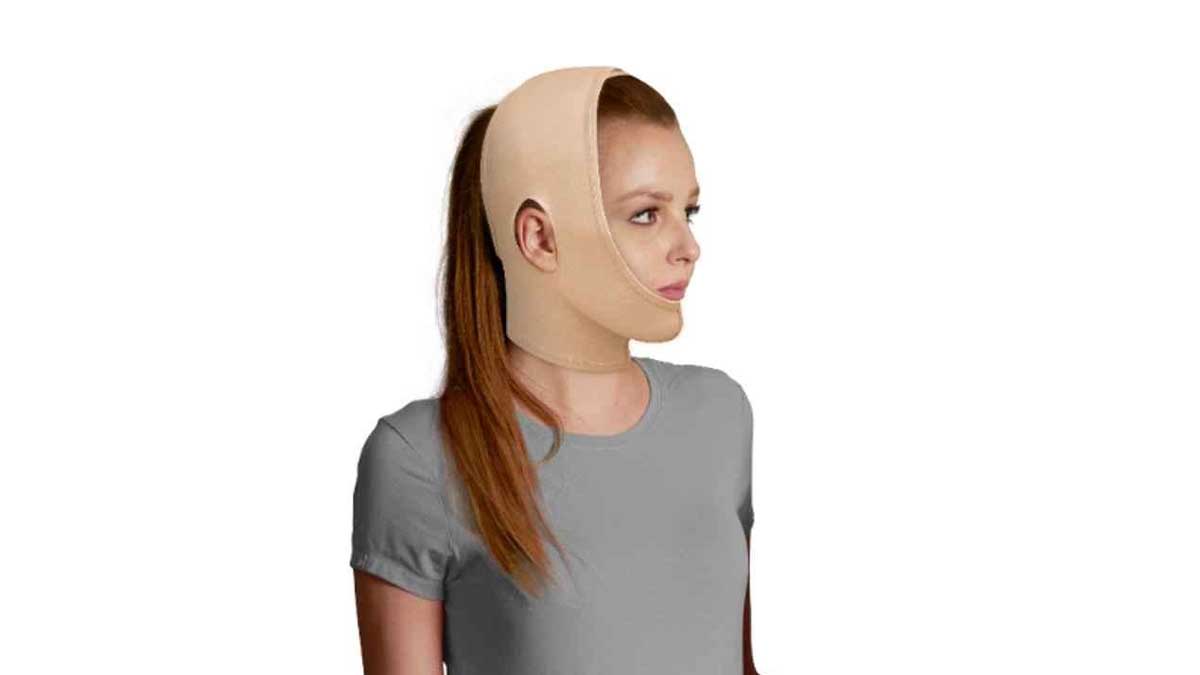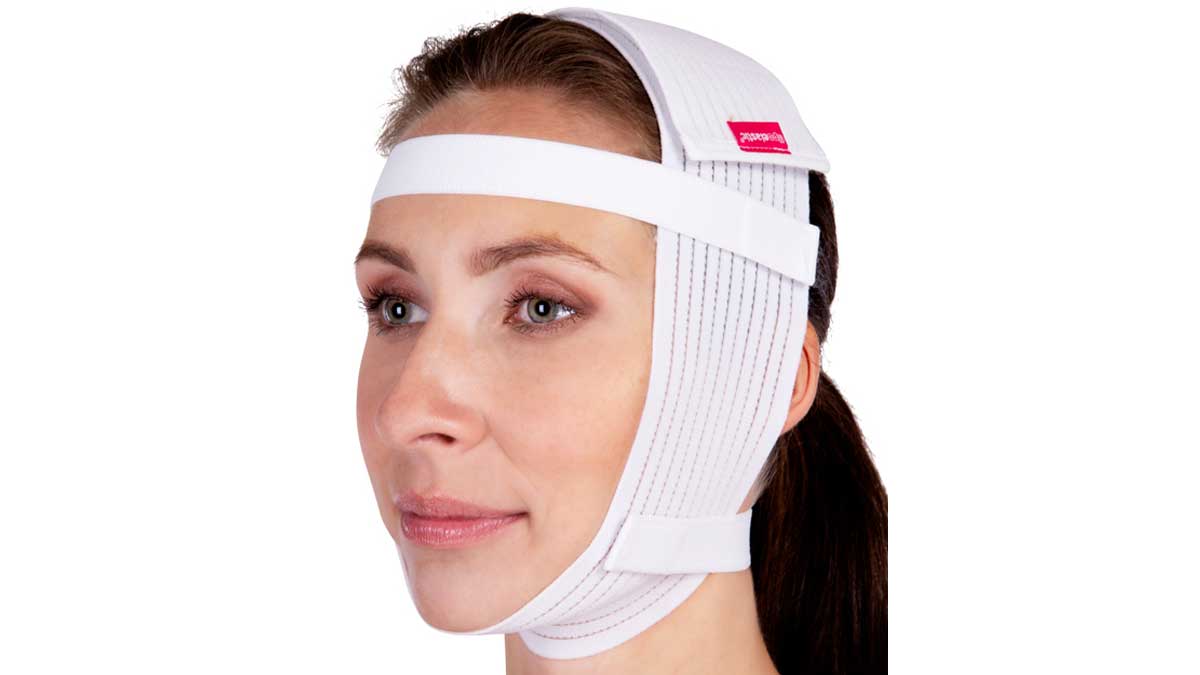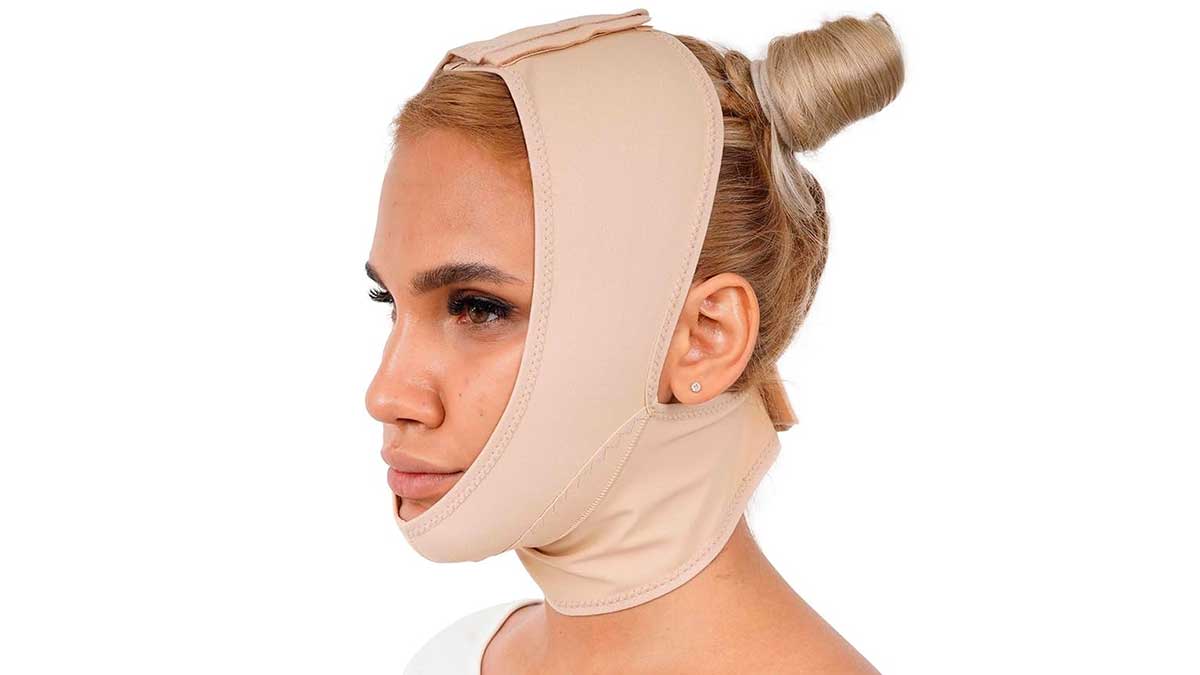How to fasten the Face Lipomatic Pressure Garment? The recovery journey after cosmetic or reconstructive procedures is as important as the surgery itself. One of the most vital tools in the recovery process is the use of pressure garments, specifically the Face Lipomatic Pressure Garment. These specialized garments are designed to provide gentle, even compression to the face and surrounding tissues, helping to minimize swelling, reduce bruising, and promote better contouring after liposuction, facelift, or lipomatic procedures.
In this comprehensive guide, we will explore how to fasten the Face Lipomatic Pressure Garment, why proper fastening matters, the types of fastening systems available, step-by-step instructions for secure application, common mistakes to avoid, and care tips for maintaining the garment. By the end, you will have a clear understanding of the role of compression garments in recovery and the best practices to follow for optimal results.
Why Fastening Matters
Knowing how to fasten the Face Lipomatic Pressure Garment correctly is crucial because improper fastening can lead to several complications. Loose fastening may fail to provide adequate compression, while overly tight fastening can cause discomfort, restrict circulation, or even damage delicate tissues. Achieving the right balance ensures:
Proper stabilization of the treated area.
Reduced swelling and fluid retention.
Better adherence of skin to underlying tissues.
Minimized risk of irregular healing or contour deformities.
In short, fastening is not just about comfort; it directly influences the success of your recovery and the durability of your results.
Components of a Face Lipomatic Pressure Garment

Before learning how to fasten the Face Lipomatic Pressure Garment, it is essential to understand its structure. Most garments include:
- Adjustable Straps: These allow for customization of tightness.
- Velcro Closures: Offer easy fastening and adjustment.
- Hook-and-Eye Systems: Provide multiple levels of compression.
- Elastic Fabric: Ensures even pressure distribution.
Each component plays a vital role in ensuring the garment fits snugly yet comfortably.
Step-by-Step Guide: How to Fasten the Face Lipomatic Pressure Garment
Preparation
Wash your face gently with a mild cleanser.
Pat the skin dry; never rub aggressively.
Ensure your skin is free of oils or creams that might reduce garment adherence.
Positioning the Garment
Place the garment around the chin and jawline first.
Align the straps so they rest symmetrically on both sides of the face.
Fastening the Straps
Start fastening from the chin upward.
Use Velcro or hooks to secure each strap, one at a time.
Ensure there are no folds or wrinkles in the fabric.
Adjusting Tightness
The garment should feel snug but not painful.
A good test is to slip one finger between the garment and your skin comfortably.
Re-adjust after 10–15 minutes as swelling may change.
Checking Symmetry
Stand in front of a mirror.
Confirm both sides are evenly fastened.
Ensure your ears and nose are unobstructed.
Following these steps ensures you are fastening the garment properly without compromising comfort or healing.
Common Mistakes to Avoid

- Fastening too tightly: This can lead to poor circulation and discomfort.
- Wearing it unevenly: Uneven fastening may cause asymmetrical healing.
- Removing too soon: Consistent compression is essential for optimal results.
- Not washing the garment regularly: Dirty garments may lead to skin irritation or infection.
The Role of Lipomatic Pressure Garment in Recovery
The Lipomatic Pressure Garment is more than just a supportive accessory—it is a medical-grade recovery aid. These garments are crafted with specialized elastic fabrics that maintain consistent compression, aiding in fluid drainage and enhancing the body’s natural healing process.
Compared to ordinary shapewear, medical-grade garments are engineered for durability, comfort, and safety. They are also breathable, which helps prevent skin problems during extended use.
How Compression Garments Support Different Procedures
The use of compression garments is not limited to facial procedures. Across medical and aesthetic fields, they are integral to recovery:
- After fat transfer surgeries, patients often ask, Why Compression Garments After Fat Transfer Are Essential for Long-Lasting Results. The answer lies in how these garments stabilize fat cells, reduce swelling, and ensure even fat distribution, directly impacting the permanence of results.
- Similarly, patients undergoing bariatric surgery are often introduced to the concept of Wearing Daily Shapewear After Gastric Bypass. While this may sound unrelated to facial recovery, both contexts highlight how consistent compression aids healing, improves comfort, and enhances body contouring results.
- In medical contexts, Why Compression Garments Are Beneficial for Arthritis Patients is an important topic. Compression not only reduces swelling but also provides joint stability, which parallels how facial garments stabilize tissues after lipomatic surgery.
- Athletes and fitness enthusiasts often explore How Compression Garments Reduce Muscle Stress. This benefit is comparable to how facial pressure garments reduce strain on healing tissues, demonstrating the versatility of compression technology.
By understanding these parallels, patients can better appreciate why correct fastening and consistent wear of facial garments are non-negotiable for recovery.
Tips for Long-Term Use
While learning how to fasten the Face Lipomatic Pressure Garment is crucial, equally important is knowing how to maintain and use it long term:
- Washing: Hand wash with mild detergent, air dry to maintain elasticity.
- Replacement: Replace the garment every 2–3 months if worn daily.
- Rotation: Consider owning two garments to alternate use, ensuring hygiene.
- Consultation: Always follow your surgeon’s specific instructions, as they may tailor garment usage to your unique recovery.
Psychological and Comfort Benefits

Beyond physical healing, proper use of a Face Lipomatic Pressure Garment provides psychological comfort. Patients often feel more secure knowing their face is supported, reducing anxiety during recovery. The garment acts as a reminder of their healing journey and encourages patience during the process.
Integrating Daily Life
Wearing a facial compression garment might feel overwhelming at first, but with proper fastening and adjustment, most patients find they can integrate it into daily life. Activities such as light household chores, working from home, or even socializing with close family are possible while wearing the garment. With modern designs, many garments are discreet and can be hidden under scarves or loose clothing.
Conclusion
Learning how to fasten the Face Lipomatic Pressure Garment is one of the most valuable steps in ensuring a smooth recovery after facial procedures. From preparation to fastening techniques, avoiding common mistakes, and maintaining the garment, each aspect plays a role in achieving long-lasting results. The Lipomatic Pressure Garment is not just a tool for physical healing but also for emotional reassurance, offering patients stability and confidence throughout their recovery journey.
Whether compared with compression garments for fat transfer, gastric bypass recovery, arthritis management, or athletic performance, the underlying principle remains the same: proper compression aids healing, comfort, and long-term success. By taking the time to understand and practice correct fastening,







